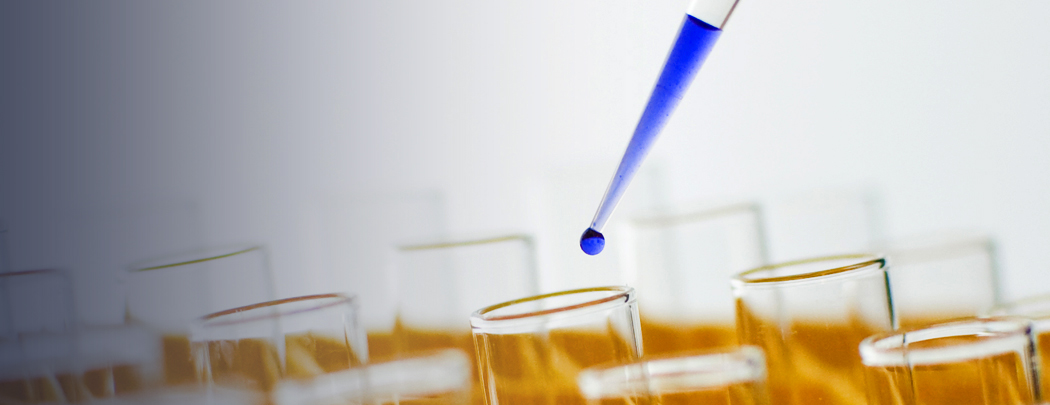About BioSensory
BioSensory continues to redefine insect control technology through research with the U.S. Department of Agriculture and other partners. BioSensory creates new products that provide protection for consumers and the environment, satisfying careers for our employees, expanded business opportunities for our suppliers and returns for our investors.
It is the goal of every BioSensory product to:
- provide the highest level of protection available in the market
- use “nature’s chemistry” to which insects can never become resistant
- be non-toxic for use around children and food
- biodegrade in the environment and be harmless to the air, soil and water
What We Do
1. Technology Development and Licensing
2. Patented Technology and Active Ingredients
3. Retail and Commercial Products
4. Regulatory Compliance
Research and Patents
BioSensory is currently working to improve USDA-University of Florida patented attractants for the Asian Tiger Mosquito. Research objectives are kairomones and kairomone inhibitors for the Asian Tiger Mosquito (Aedes albopictus) and Dengue-Yellow Fever Mosquito (Aedes aegypti).
Science & Innovation
The United States Department of Agriculture and BioSensory found a molecule that blocked an important sensory receptor on mosquitoes, thereby making it difficult for the mosquito to find a human. BioSensory invented the Conceal Inhibitor and Mosquito Cognito dispenser to stop mosquitoes from finding and biting humans.
History of Innovation
BioSensory, Inc. was established in Connecticut in 1996 to help the U.S. Department of Agriculture research better attractants for biting insects through the application of computer modeling techniques. The work was so successful that BioSensory is now the world’s leading manufacturer of biting insect lures. Knowledge of attractants led to the discovery of inhibitors: molecules which bind to sensory receptors and disrupt the insects’ ability to find people and livestock. From an initial focus on consumer mosquito products, this led to development of the Dragonfly ™ Mosquito Trap System and later the Dragonfly II ™. The latest version is currently in design. The company later expanded into professional pest control with products targeting public health pests such as bedbugs.
Research Methodology
What’s different about BioSensory’s research methodology?
BioSensory uses a multi-disciplined approach – entomologists, computer scientists, engineers, chemists, and manufacturing professionals – to solve problems with which entomologists have struggled alone for too many years. Computers predict in three weeks what traditional methods take entomologists years to achieve, for example. Research isn’t only done in clean labs between 9 AM and 5 PM, but rather in mosquito breeding grounds from Florida to Malaysia, or in bedbug-infested public housing projects. In short: innovative research methods in real-world settings.
BioSensory Patented Devices and Active
Ingredients used in other products
NightWatch™ Bedbug Monitor
With the recent resurgence of bedbugs due to increased international travel, BioSensory got to work to develop the NightWatch™ Bedbug Monitor. The unit mimics a human’s CO2 emissions and body heat so the pest is attracted to the NightWatch and not the human. Most important, the NightWatch™ detects bedbugs immediately, as soon as they try to bite, and anyone can learn to use it in 5 minutes.
Conceal Candle
BioSensory’s success with its inhibitor product, Conceal, and the Mosquito Cognito dispenser, led to the development of the Conceal Candle. Major brands such as Sara Lee, Yankee Candle and L.L. Bean have created private-label products using the Conceal technology.
Smarter Traps and Barriers
The future of pest control technology is very exciting! BioSensory is at the forefront of developing smarter traps and barriers that use wireless technology to adjust to the level of insect pressure, or report insect activity. The company’s products are always evolving based on continual product development and research.










